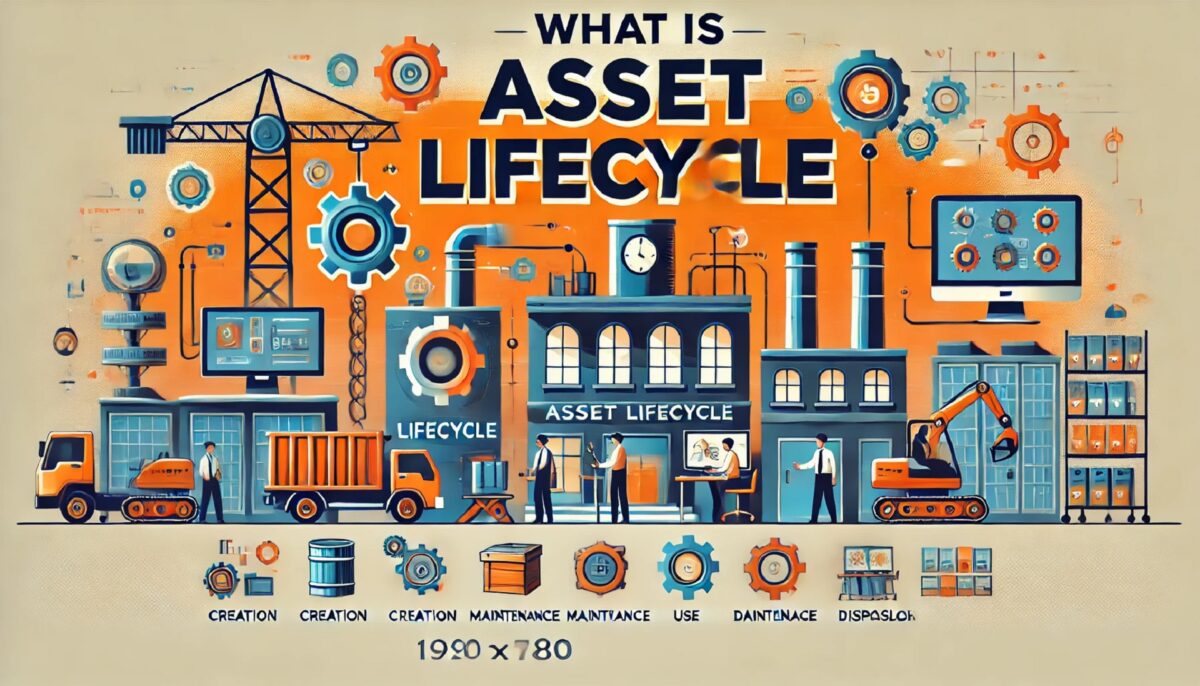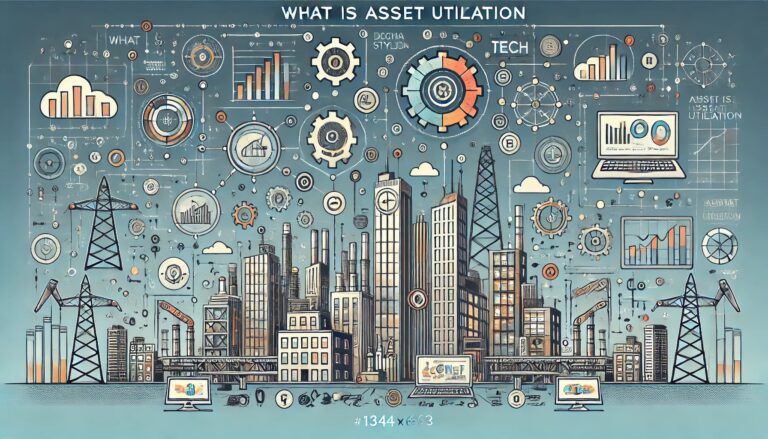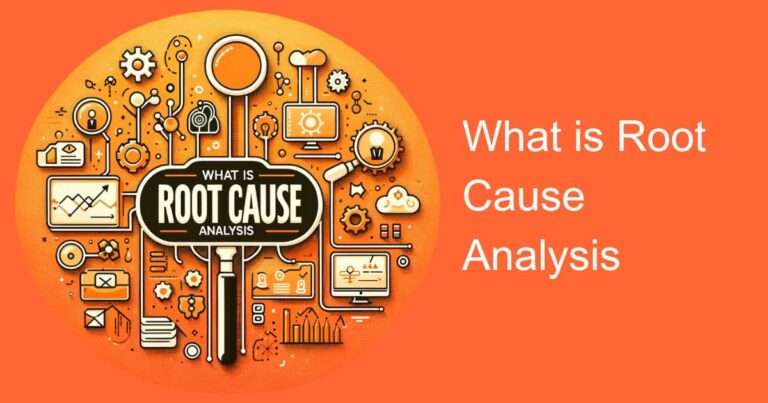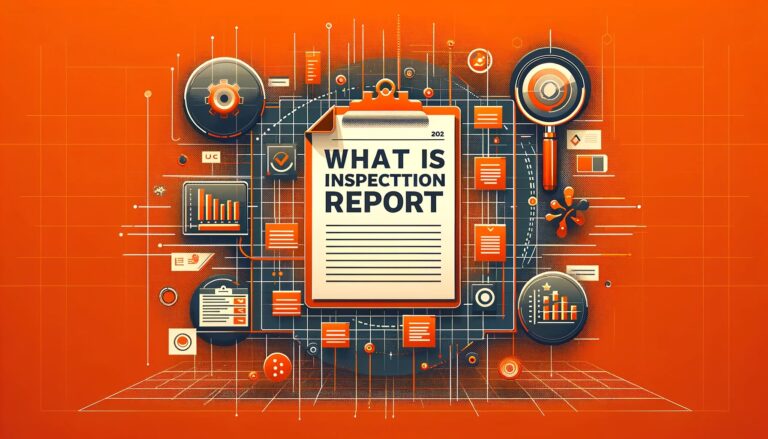Introduction
In today’s dynamic business environment, effective asset management is pivotal to operational success, especially for industries relying heavily on physical infrastructure. From manufacturing plants to IT systems, every organization interacts with a wide range of assets, each with its own lifecycle. The concept of “Asset Lifecycle” refers to the various stages an asset undergoes from procurement to disposal. By managing assets effectively throughout their lifecycle, organizations can optimize performance, reduce costs, and prolong the useful life of their critical resources.
In the Indian context, where industries such as manufacturing, infrastructure, and energy are cornerstones of the economy, managing the lifecycle of assets is crucial for maintaining productivity and cost-efficiency. With the Government of India’s push toward modernization and the adoption of digital technologies (under initiatives like “Digital India“), understanding and implementing asset lifecycle management has never been more important.
This blog will delve into the asset lifecycle, discussing each stage, its significance, best practices, and examples relevant to the Indian market.
What is Asset Lifecycle?
The asset lifecycle represents the entire span of an asset’s existence, from the time it is first conceived or procured, through its active use, maintenance, and eventual disposal. Effective management of the asset lifecycle ensures that every asset contributes maximum value throughout its lifetime. This is particularly crucial for industries where downtime or inefficiencies can result in huge financial losses.
The key stages of the asset lifecycle include:
- Planning and Acquisition
- Operation and Maintenance
- Upgrades and Modifications
- Decommissioning and Disposal
Understanding each of these phases helps businesses make informed decisions about resource allocation, scheduling maintenance, and evaluating the right time for asset replacement.
Stages of the Asset Lifecycle
Each asset, whether it’s machinery in a factory, an IT system, or physical infrastructure, goes through these core phases during its lifecycle:
Planning and Acquisition
- This initial phase involves identifying the need for a new asset, evaluating its potential value, and justifying its purchase. During this stage, organizations consider factors like cost, efficiency, potential return on investment (ROI), and alignment with overall business goals.
- In India, the acquisition of assets is often influenced by government policies and tax incentives. For example, the ‘Make in India’ initiative has provided businesses with incentives for procuring local assets, enhancing the long-term sustainability of Indian industries.
Operation and Maintenance
- Once the asset is procured, it enters the operational phase. The primary focus here is to ensure the asset operates at optimal levels for as long as possible. Maintenance strategies such as preventive, corrective, and predictive maintenance play a key role in prolonging the asset’s useful life.
- Indian industries, particularly in manufacturing and infrastructure, are increasingly adopting predictive maintenance using IoT (Internet of Things) technologies. By integrating smart sensors, organizations can monitor asset health in real-time, predict failures, and minimize downtime.
Upgrades and Modifications
- Over time, assets may require upgrades to keep pace with new technologies or regulations. This phase is about improving the asset’s functionality or extending its lifecycle by implementing new components, software updates, or technological enhancements.
- In India’s rapidly evolving tech and industrial landscape, companies like Tata Steel and Larsen & Toubro are investing in cutting-edge technologies to upgrade their assets, ensuring they stay competitive in the global market.
Decommissioning and Disposal
- No asset lasts forever. The final stage of the lifecycle is decommissioning and disposal, where the asset is either scrapped, sold, or repurposed. At this stage, it’s crucial to follow environmental regulations, particularly in India, where the government has imposed stricter norms on waste disposal and recycling.
- For example, India’s e-waste management rules require businesses to handle the disposal of electronic assets in a way that minimizes environmental impact.
The Importance of Asset Lifecycle Management (ALM)
Effective asset lifecycle management (ALM) ensures that organizations get the most out of their assets while minimizing costs. In a competitive business environment, mismanagement of assets can lead to operational inefficiencies, increased downtime, and reduced profitability.
Key Benefits of ALM:
- Cost Optimization: By managing assets over their entire lifecycle, businesses can plan for maintenance, avoid unexpected repairs, and ensure timely upgrades, reducing overall operational costs.
- Increased Asset Longevity: Routine maintenance and upgrades extend the useful life of assets, delaying the need for costly replacements.
- Compliance and Risk Management: Many industries in India, especially manufacturing, oil and gas, and pharmaceuticals, are highly regulated. Proper asset management ensures compliance with safety and environmental regulations.
- Improved Decision-Making: By analyzing data collected throughout the lifecycle, businesses can make data-driven decisions, helping to improve operational efficiency and plan future investments.
Digital Transformation and Asset Lifecycle Management in India
The role of digital technologies in asset management cannot be overstated. The advent of Industry 4.0 has transformed how businesses manage assets, and India is no exception. Sectors such as manufacturing, logistics, and infrastructure are increasingly adopting technologies like IoT, artificial intelligence (AI), and cloud computing to streamline asset management.
Predictive Maintenance in Indian Industries
- Indian manufacturing companies, such as Bharat Forge, have started implementing IoT-enabled predictive maintenance systems. By using real-time data from sensors attached to assets, these companies can predict equipment failures and take action before breakdowns occur. This has drastically reduced downtime and maintenance costs.
Blockchain in Asset Tracking
- Blockchain technology is also making inroads into asset lifecycle management in India. With blockchain, organizations can track assets in real-time, ensuring transparency and security throughout the lifecycle. This is particularly beneficial in sectors like pharmaceuticals and agriculture, where the traceability of assets is crucial for maintaining quality and regulatory compliance.
Challenges of Asset Lifecycle Management in India
Despite the benefits, several challenges still impede the successful implementation of ALM in India.
Lack of Standardization
- One of the biggest hurdles is the lack of standardized asset management processes across industries. While larger corporations like Tata Motors have well-established asset management practices, small and medium enterprises (SMEs) often lack the resources and expertise to implement structured asset lifecycle management.
Aging Infrastructure
- Many industries, especially in sectors like energy and railways, rely on aging infrastructure. These older assets are harder to maintain and often require significant upgrades, which can be costly. However, with the introduction of schemes like the National Infrastructure Pipeline (NIP), the Indian government is investing heavily in modernizing public assets.
Digital Divide
- While digital technologies offer immense potential, their adoption remains uneven across industries and regions in India. SMEs, in particular, face challenges in adopting advanced asset management technologies due to limited budgets and technical expertise.
Asset Lifecycle Management Best Practices
To overcome challenges and ensure the effective management of assets, businesses in India can follow these best practices:
Data-Driven Decision Making
- Collecting and analyzing data from assets throughout their lifecycle is essential for making informed decisions. By leveraging data analytics, businesses can optimize asset performance, schedule preventive maintenance, and plan for future investments.
Regular Maintenance and Upgrades
- Organizations should prioritize regular maintenance and timely upgrades. This helps in avoiding costly breakdowns and extending the useful life of assets. With the rise of predictive maintenance technologies in India, industries can now adopt a proactive approach rather than a reactive one.
Compliance and Sustainability
- In India, adherence to environmental and safety regulations is non-negotiable. Proper disposal of assets and adherence to safety norms during operations not only ensures compliance but also contributes to long-term sustainability.
The Future of Asset Lifecycle Management in India
India’s economic growth is heavily reliant on infrastructure and industrial assets. As the country continues to modernize, asset lifecycle management will play a critical role in ensuring the efficiency and longevity of key resources.
The future of ALM in India will likely be shaped by further advancements in digital technologies. AI, machine learning, and IoT will become even more prevalent in monitoring asset health, predicting failures, and automating maintenance tasks. The Indian government’s continued focus on infrastructure development and digitization, under initiatives like ‘Digital India’ and ‘Smart Cities Mission’, will provide further impetus for industries to adopt comprehensive asset lifecycle management strategies.
Conclusion:
In conclusion, understanding and managing the asset lifecycle is critical for businesses in India looking to maintain operational efficiency, reduce costs, and remain competitive. Whether it’s through regular maintenance, timely upgrades, or embracing digital technologies, businesses can maximize the value of their assets throughout their entire lifecycle. The shift toward predictive maintenance, AI, and IoT is already transforming industries, and Indian companies are increasingly recognizing the benefits of effective asset lifecycle management. By adopting best practices and overcoming existing challenges, organizations can unlock the full potential of their assets and ensure long-term success in the fast-evolving Indian market.








